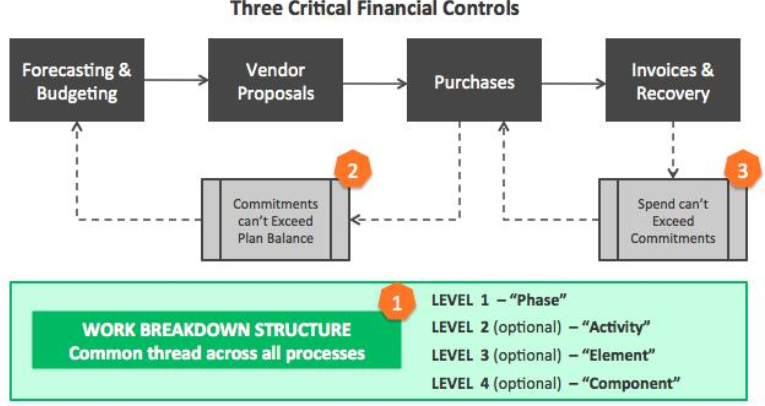According to the site, MindTools.com, a project is considered a failure when it has not delivered what was required, in line with expectations. Therefore, in order to succeed, a project must deliver to cost, to quality, and on time.
Scope, Schedule and Budget. The three pinnacles of good project management. You don’t need a “PM” after your name to understand the importance. Just build a house.
Last year, my wife and I built the home that we hope to raise our kids in. Coming from a 2 bed condo in Chicago, having an actual house feels like living in a palace. Things can get out of hand quickly though as “scope creep” can become a painful reality. Granite or Formica? Hardwood or Carpet? Dual sinks or single? Gas water tank or electric? Every decision, no matter the importance, was a still a decision that had to made. Leaving it up to the builders would have left us penniless and insane. The proverbial fox in the hen house. At the end of it all, we hit our timeline on the nose and for the most part on budget (we couldn’t resist the nicer tile in the bathrooms).
Back in 2004, PriceWaterhouseCoopers conducted a case study of over 200 international companies. They looked at 10,640 projects. Guess what they found? Only 2.5% of those companies completed 100% of their projects on time, within budget and to scope. At least I am not alone. These projects run the gamut of engineering, construction among others. Remember The Big Dig, EuroDisney and the infamous Denver Airport Baggage System?
Let’s look at the IT industry for a second. A study published in the Harvard Business Review, which analyzed 1,471 IT projects, found that the average overrun was 27%, but one in six projects had a cost overrun of 200% on average and a schedule overrun of almost 70%. Whoa.
So why is this the case? Well, it’s really simple-uncertainty. The business world is wrought with it. From construction projects to human resources to sales, there are just some things that cannot be controlled.
At my firm, ENFOS, we try to help companies get better at managing projects by focusing intensely on the things that CAN be controlled. So we’ve done some research of our own. We analyzed roughly 5,830 environmental remediation projects over the course of a four year period. Why environmental projects? Well anyone that knows project management knows that these projects are some of the most difficult. These are long-term (30 years or more in some cases) complex construction projects managed through an almost exclusive outsourced business model. The PMs reading this are cringing right about now. The projects we analyzed, ranged from Chemical Plants, Refineries, Gas Stations, Superfund, Manufactured Gas Plants and Pipelines. We wanted to focus on understanding what successful projects look like. It’s easy to pick out the black swan events and point fingers. However, we wanted to know what are some of the best management practices that most often will set up a project for the most successful outcome.
We recently collaborated with John Rosengard, CEO and Founder of Environmental Risk Communications, Inc (ERCI) to talk more specifically about three of the critical financial controls we see in companies that have the strongest project management. There are obviously more leading indicators, but for our purposes we just chose to focus on three. In summary, they are:
1) A Harmonized Work Breakdown Structure Across All Projects by which Forecasts, Work Committments and Spend Are All Measured.
2) Controlling Work Commitments Against the Budget Forecast or Reserve.
3) Controlling Spend Against Work Commitments.
Displayed graphically:
This type of framework has been proven to give executives better visibility and a higher probability of success. The companies that are doing this the best, have integrated all these process into a seamless workflow. Having separately managed silos of data is a recipe for disaster at a large scale. Many organizations use spreadsheets or other ad-hoc methods of data capture. Here’s the thing about spreadsheets-they are great, until there are too many of them. The companies we work with want to get better. They want to optimize processes and create efficiencies and the above controls are just a few ways they accomplish it.
If you are interested in hearing the recorded presentation in it’s entirety and/or downloading the presentation, I have uploaded both to SlideShare where it is viewable here.
I welcome all comments and feedback.
Thanks for reading.
The author, Mike Douglas, is Director of Accounts for North America at ENFOS, Inc. He can be reached at michael@enfos.com.





